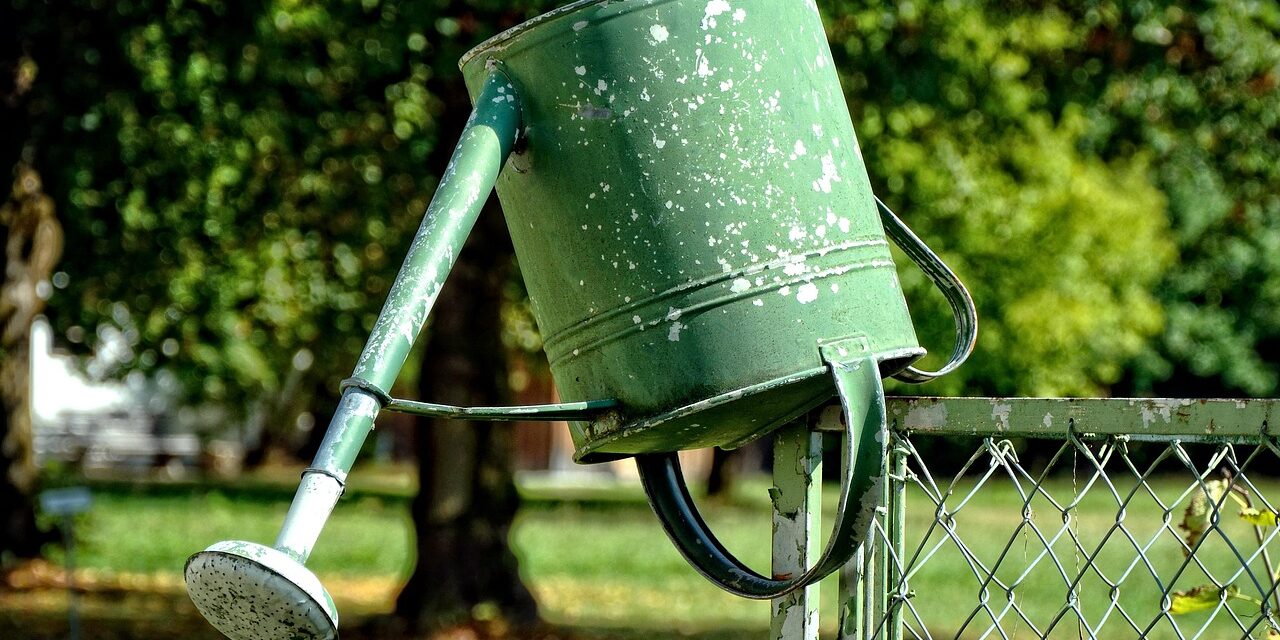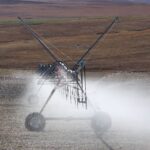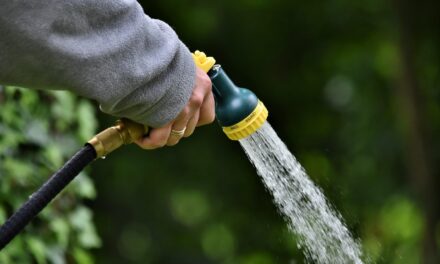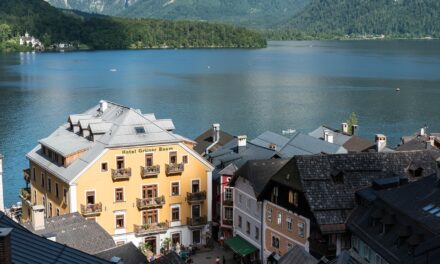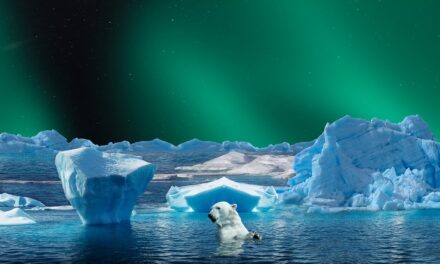Why you simply must checkout Water-efficient irrigation techniques and Environmental and Economic Impacts
Environmental and Economic Impacts, etc…
Great Salt Lake: Water Cycle Crossroads
Crisis at the Lake
The Great Salt Lake faces a perilous fate as climate change and water overuse shrink its waters, threatening the environment and economy.
Wildlife Oasis in Peril
The lake sustains countless birds, fish, and other creatures, now at risk due to water loss.
Active Climate Rescue
The Active Climate Rescue Initiative aims to mitigate water shortages and protect this vital lake and its surroundings.
The Great Salt Lake: A Thirsty Giant
TL;DR: The Great Salt Lake is shrinking because of climate change and overuse of water, harming the environment and economy. To save the lake, we need to conserve water, use it wisely, and change how we use it.
A Giant Lake, A Delicate Balance
The Great Salt Lake is a massive, shallow lake in Utah, a state in the western United States. It’s a vital part of the region’s ecosystem, like a giant sponge soaking up water from the surrounding mountains and rivers. Salt Lake City, the capital of Utah, sits on the lake’s shore. This lake, once a thriving hub for wildlife and recreation, is facing a major challenge – it’s shrinking.
The Water Cycle: A Busy Path
The Great Salt Lake is part of a complex water cycle, a continuous process that moves water from the Earth’s surface to the atmosphere and back again. Here’s how it works in the Great Salt Lake region:
- Snowfall: Every winter, snow falls in the mountains surrounding the lake. Think of the mountains as giant snow banks!
- Melting: As temperatures warm up in the spring and summer, the snow melts and forms rivers.
- Flow: These rivers, like the Jordan River, carry the melted snow to the Great Salt Lake.
- Evaporation: The sun’s heat causes water in the lake to evaporate, turning into vapor and rising into the air.
The Shrinkage: A Growing Problem
The Great Salt Lake is shrinking because we’re using too much water. Here’s how:
- Agriculture: Farmers need water to grow crops, and they use a lot of it.
- Cities: As cities grow, they need more water for drinking, washing, and keeping lawns green.
- Climate Change: Changes in weather patterns, like less snowfall and hotter temperatures, mean less water flows into the lake. The hotter climate also makes more water evaporate from the lake, leading to a faster shrinking.
The Impact: A Ripple Effect
The shrinking lake has many negative effects:
- Wildlife: The lake provides a habitat for birds, fish, and other wildlife. As it shrinks, these animals lose their home, putting them in danger.
- Air Quality: The dry lakebed can easily turn into dust, which can cause respiratory problems for people. This is especially bad in cities near the lake.
- Economy: The lake supports tourism, recreation, and other businesses. As the lake shrinks, these businesses are hurt.
Solutions: A Path Forward
We need to work together to save the Great Salt Lake. Here are some solutions:
- Water Conservation: We can all conserve water by taking shorter showers, fixing leaky faucets, and watering our lawns less.
- Innovative Irrigation: Farmers can use new irrigation techniques, like drip irrigation, to deliver water directly to the roots of plants, reducing waste.
- Policy Measures: Governments can implement policies to encourage water conservation, like charging higher prices for water usage.
- Active Climate Rescue: The Active Climate Rescue Initiative is dedicated to addressing water shortages across the Great Basin, including the Great Salt Lake region. They work on various projects related to water conservation, innovative irrigation methods, and climate-resilient agriculture.
A Collaborative Effort
The Great Salt Lake is a vital part of our environment and economy. By working together, we can help conserve water, reduce waste, and prevent further shrinking of the lake. Protecting the Great Salt Lake is not just about saving a lake; it’s about protecting our environment, economy, and future.

